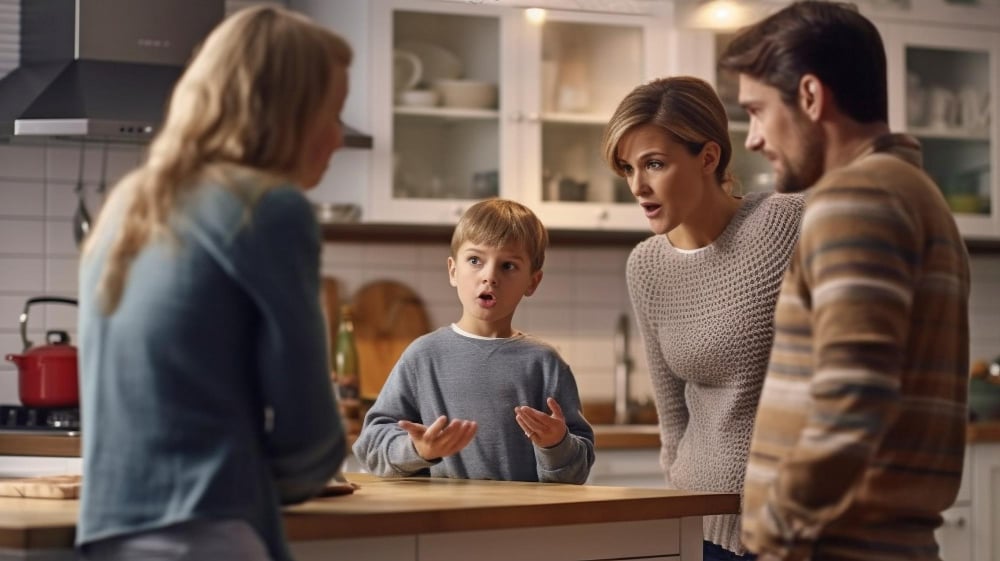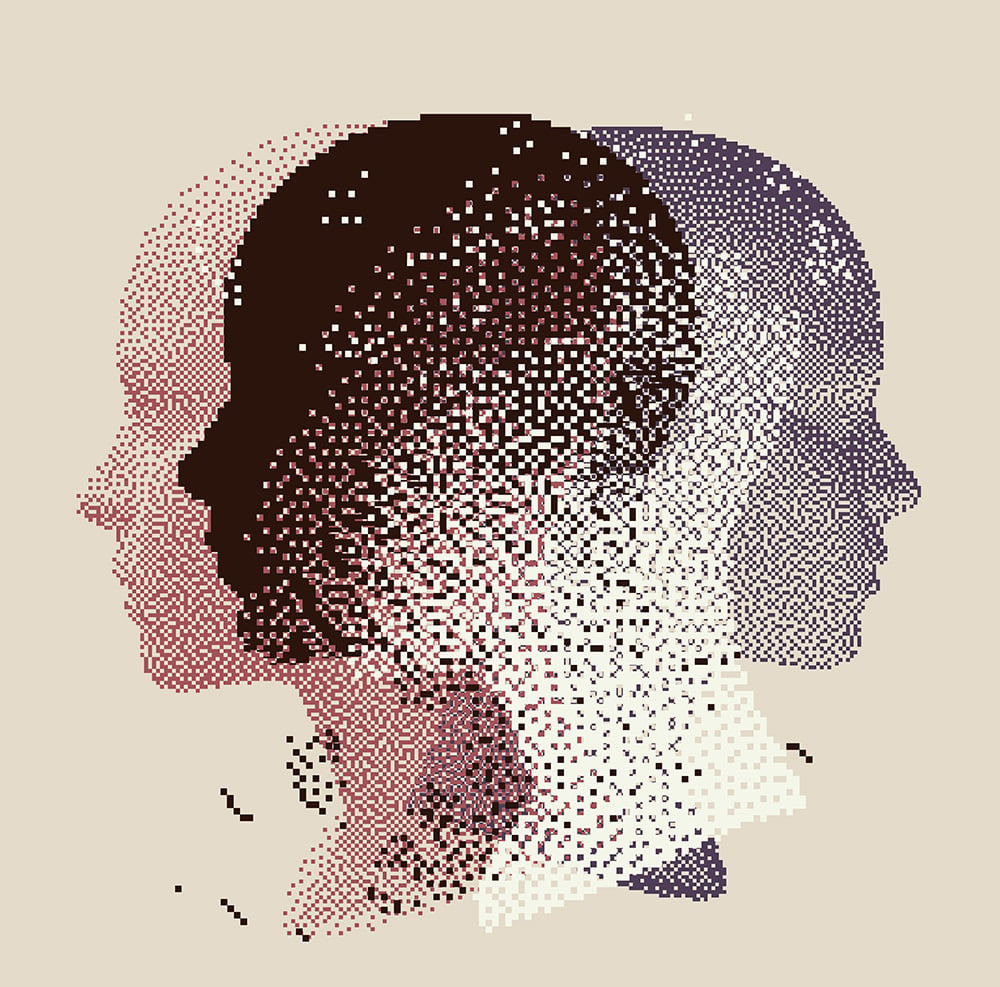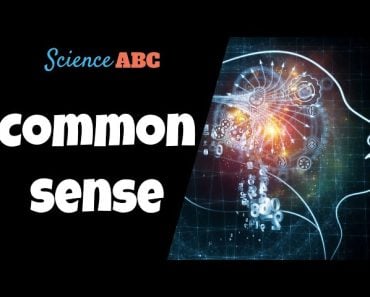Table of Contents (click to expand)
Yes, delusions can be contagious. In psychiatry, such a condition is called “shared psychotic disorder,” in which usually two, but sometimes families, will come to believe in a similar set of delusions, and sometimes even develop psychosis, such as hallucinations. The condition is rare, and is usually only observable when a high-profile incident occurs.
In December of 2012, 19-year old Mitchell Barbieri and his mother Fiona Barbieri were charged with killing a police officer. Fiona Barbieri, who suffered from psychosis, believed that people were out to harm her. Her son also became pathologically paranoid, which ultimately led to the murder.
In court, Fiona Barbieri was offered a concession in her prison sentence owing to her significant cognitive impairment, but her son, Mitchell Barbieri, was charged with a full murder sentence, in spite of sharing his mother’s symptoms. Why? Because Mitchell Barbieri, the prosecutor reasoned, shared his mother’s symptoms, but was not psychotic himself. In other words, he “caught” the delusion from his mother.
There are several cases in the history of psychology where one person gets “infected” by another person’s delusions, so much so that they take action, as in the case of the Barbieris.
In psychology, this is called Shared Psychotic Disorder.
Recommended Video for you:
The Contagious Power Of Beliefs
At first glance, it seems bizarre that fantastical beliefs can spread from one person to another, but the history of psychology shows otherwise.
Partners who spend the majority of their time together—like the Barbieris, who lived isolated from the rest of society—may start developing a shared delusion or a false belief. Delusions could be anything, from the existence of alternate dimensions to conspiracies against them. Although there is no empirical evidence for this belief, the belief becomes cemented in the mind as real through constantly talking and sharing interactions about the belief.
Shared psychotic disorder was first described in 1877 by two French physicians, Charles Lasègue and Jules Falret. They called the disorder folie à deux, which translates from French to “shared madness between two”.
There are two main roles: the “inducer” and the “induced.”
The inducer is someone who has a mental disorder that causes their delusions, such as thinking that they have special powers. They influence another person, the “induced,” who didn’t have mental health issues before. This second person starts believing the same strange things because of the inducer’s influence.
Usually, this phenomenon occurs between two people, but sometimes it can affect larger groups, like a whole family, which is called “folie à famille.“

Subtypes Of Shared Psychotic Disorder
Research has identified four specific subtypes of shared psychotic disorder.
Folie Imposée
This is also known as imposed psychosis, and exists between two people who share a close relationship. An individual with psychosis transfers their delusion to the person without psychosis. When the two are separated, the delusion tends to fade in the induced person.
For example, imagine two hypothetical best friends, Emily and Jordan. Emily, due to an underlying mental health condition, believes that she can talk to ghosts who are sending her messages. She tells Jordan about it, and because of shared trust and time spent together, Jordan begins to believe in ghosts too; they share a delusion. Now, if they ever spend time apart, Jordan might stop believing in ghosts because the idea first came from Emily.

Folie Simultanée
This is also known as simultaneous psychosis. This subtype involves two individuals simultaneously sharing not only delusions, but also psychosis symptoms.
Let’s understand this more by thinking of two roommates who spend considerable time together. Let’s call them Lisa and Chris, who have been living together for years. They both begin to believe that their apartment is haunted. They independently hear strange noises, see flickering lights, and even feel a ghostly presence. Instead of doubting each other’s experiences, they both fully embrace the idea that their apartment is haunted.
As their belief grows stronger, they might start conducting “ghost hunts” together and may avoid certain areas of their home they believe are haunted.
Genetic factors may contribute to the development of simultaneous psychosis.
Folie Communiquée
Also known as communicated psychosis, in such cases, the second person initially resists the shared delusion, but eventually develops it. This individual may continue to experience delusions even after being separated from the person with psychosis.
Let’s consider an example of two close friends, Timothy and Mark. Timothy is convinced that his Teddy bear can speak to him. Mark thinks this idea is silly and initially resists believing it. However, Timothy keeps talking to Teddy, sharing their “conversations”.
Over time, Mark starts to see how serious Timothy is about Teddy talking to him. He even overhears Timothy responding to Teddy in different voices. Gradually, Mark begins to believe that Teddy can talk, too, and starts conversing with the bear.

Folie Induite
Also known as induced psychosis, in this subtype, two people with psychosis experience new delusions induced by a third person who also has psychosis.
For example, let’s assume that in a family living in a supposedly haunted house, the grandmother believes that she can communicate with spirits (due to her psychotic disorder). She shares her experiences with her daughter and son, who initially doubt her, but later adopt the belief.
Here, the grandmother induces a shared delusion in her children about spirits communicating with humans, illustrating “Folie induite.”
Causes Of Shared Psychotic Disorder
The exact origins of shared psychotic disorder remain unknown, but several factors have been associated with an increased risk of developing this condition.
Research highlights the role of prolonged relationship duration, where the bond with the individual introducing the delusion plays a pivotal role in adopting the shared belief.

Most reported cases involve family members, particularly married or common-law couples, and sisters, emphasizing the role of the nature of the relationship.
Research has found a significant influence from both genetic and environmental factors in the formation of shared delusional beliefs among families. This study explains the crucial interaction between inherited tendencies and the dynamics of interpersonal relationships.
Social isolation is also a significant factor. Isolation keeps any contradictory evidence at bay, furthering the delusions of the two individuals.
At least one of the individuals has a personality disorder, with descriptions including neurotic, introverted, and emotionally immature traits, as well as features of premorbid personality disorders, such as dependency, schizoid, and schizotypal traits.
The influence of untreated primary mental disorders, cognitive impairment in secondary individuals, comorbidity with mental disorders, and the impact of life events on relationship dynamics all make individuals susceptible to shared psychotic disorder.
Shared psychotic disorder tends to be more prevalent among females, whether as the primary or secondary individual in the relationship. These factors collectively provide insights into the complex interaction of relationships, mental states, and contextual influences that contribute to the development of shared psychotic disorder.
Real-Life Examples
Shared psychotic disorder is rare, but there are several well-documented cases.
Let’s consider the case of Mr. and Mrs. A, two adults who felt a deep sense of loneliness, found each other through a personal ad and quickly fell in love. However, Mr. A. had been diagnosed with paranoid schizophrenia when he was just 8 years old and Mrs. A believed that she could communicate with the sea.
After knowing each other for only a week, Mr. and Mrs. A got married. They both began to share the belief that one of the “demons” who communicated through Mr. A was the same as the childhood “god of the sea” who conversed with Mrs. A.
Over the course of several years, the couple traveled together, searching for work and following the guidance of the “demons” that spoke to Mr. A. One of these entities conveyed a disturbing message: Mr. A would soon be killed, and Mrs. A would be subjected to a horrific ordeal. In response to this ominous warning, the couple purchased a firearm.
One evening, while dining at a restaurant, Mr. and Mrs. A believed that two male patrons were mocking them. Upset by this perceived disrespect, they left the restaurant, but were soon instructed by the “demons” to return and take the lives of the two diners. Driven by these delusions, they returned to the restaurant and tragically shot the two unsuspecting men, resulting in their deaths.
Mr. and Mrs. A were separated and sent to psychiatric hospitals for treatment. Over several years of treatment, Mrs. A’s condition improved, and she no longer had delusions. Mr. A’s, though, did not abate.

Another case of shared psychotic disorder occurred in New Delhi, India.
In July 2018, 11 family members of the Chundawat family in Burari, North Delhi, were discovered dead by suicide in their own courtyard. There was no evidence of murder at the scene.
After the investigation, psychologists have proposed shared psychotic disorder as an explanation. They theorized that Lalit, a member of the family, might have had a ‘delusional disorder,’ which played a significant role in the distressing sequence of events.
Lalit had conveyed to his family that his father’s soul had taken control of his body, which was a crucial factor in convincing the rest of the family to follow his instructions. He suggested a ritual that involved the family hanging simultaneously, claiming that it would relieve his father’s spirit
Treatment
Treatment approaches for shared psychotic disorder typically involve tailoring interventions to the specific circumstances of each case.
Psychiatric professionals often adopt structured treatment plans to address this worrying condition. In cases where patients are not receiving adequate treatment, the emphasis lies in encouraging their adherence to the prescribed treatment regimen. Separating the affected individual from the primary inducer has also been proposed as a potential intervention, and this often leads to significant improvements in the patient’s condition. Following admission to a clinical setting, it is common for the influence of the primary partner (inducer) to gradually diminish.
Medication plays a crucial role in managing shared psychotic disorder. Psychiatrists may prescribe medication to both partners, either individually, using drugs such as antipsychotics or antidepressants, or in combination, by pairing mood stabilizers with antipsychotics or antidepressants. The initiation of medication is indicative of the severity of the patient’s condition and the potential presence of residual symptoms. Ongoing follow-up is essential to explore any alternative diagnoses or treatment adjustments.
References (click to expand)
- Shimizu, M., Kubota, Y., Toichi, M., & Baba, H. (2007, June). Folie à Deux and shared psychotic disorder. Current Psychiatry Reports. Springer Science and Business Media LLC.
- Srivastava, A., & Borkar, H. (2010). Folie a famille. Indian Journal of Psychiatry. Medknow.
- F Al Saif. (2022) Shared Psychotic Disorder - StatPearls.
- Arnone, D., Patel, A., & Tan, G. M.-Y. (2006, August 8). The nosological significance of Folie à Deux: a review of the literature. Annals of General Psychiatry. Springer Science and Business Media LLC.
- JM Silveira. (1995) Shared psychotic disorder: a critical review of the literature.
- Lew-Starowicz, M. (2012, July 19). Shared Psychotic Disorder with Sexual Delusions. Archives of Sexual Behavior. Springer Science and Business Media LLC.
- Shimizu, M., Kubota, Y., Toichi, M., & Baba, H. (2007, June). Folie à Deux and shared psychotic disorder. Current Psychiatry Reports. Springer Science and Business Media LLC.
- RM Nishihara. (1993) A Case Report of Folie'a Deux: Husband-and-Wife.
- Burari deaths: 11 bright people with one dark secret.
- Ohnuma, T., & Arai, H. (2015). Genetic or Psychogenic? A Case Study of “Folie à Quatre” Including Twins. Case Reports in Psychiatry. Hindawi Limited.
- Viswanathan, S., & Department of Psychiatry, Sri Ramachandra University, Porur, Chennai-600 116 Tamil Nadu, India. (2017, June 18). Lasègue-Falret Syndrome – Folie Simultanée. Journal of Medical Science And clinical Research. Valley International.
- Scott, R. (2017, November 26). Shared Psychotic Disorder and the Killing of a Policeman. Psychiatry, Psychology and Law. Informa UK Limited.












